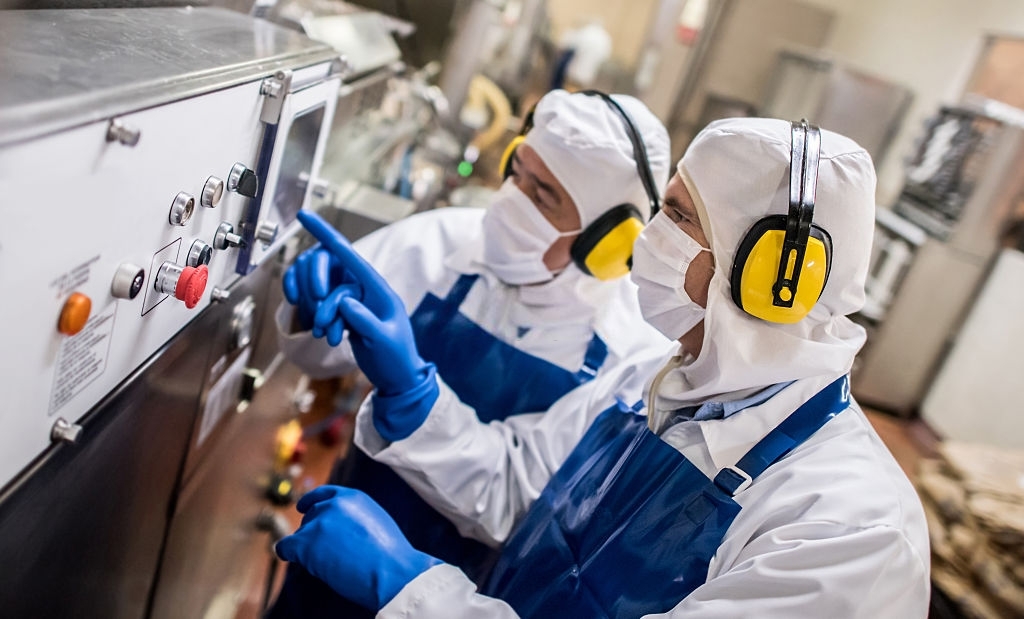Guide to Selecting the Right Magnetic Separator

Choose the right magnetic separator and metal detection system for your application, Eclipse Magnetics prides itself on offering a wide range of solutions. Here are a few things that you should consider to make sure you get the optimum solution for your application: Also read our guide on metal detectors for food processing.
1. Type of Metal Contamination
The first thing to consider is the type of metal contamination. Is it primary contamination, which is usually larger pieces of tramp metal such as nuts, bolts, or screws? Or are you dealing with secondary contamination; usually fine particles such as stainless steel particles from equipment wear?
2. Process Feed Method
The next thing to consider is how the product is conveyed through the process. Is it gravity or free-fall fed, pneumatic, mechanical conveyor or pressure pipeline fed?
3. Process Flow Rate
It's also important to consider the volume of product passing through the process because this influences the design, size and features of a metal separator. This is usually expressed as cubic metres per hour.
4. Cleaning Method
Separators need to be cleaned, and the cleaning method needs to be compatible with the overall process. We offer automatic cleaning units for 24/7 non stop lines, or manual cleaning units that allow for stoppages, or incorporate a bypass separator.
5. Material Flow Characteristics
Different materials flow in different ways, which influences the choice of metal separator. This could be dry free-flowing goods, powders, pellets, granules, wet viscous solutions, or even damp products which have the tendency to cluster or cake.
6. Operating Temperature
Extreme temperatures can affect the performance of a magnetic separator. When sourcing a separation unit, it is important to specify the operation temperature.
For more information, please contact us or read more about our range of magnetic separation and metal detection products.

 UK
UK